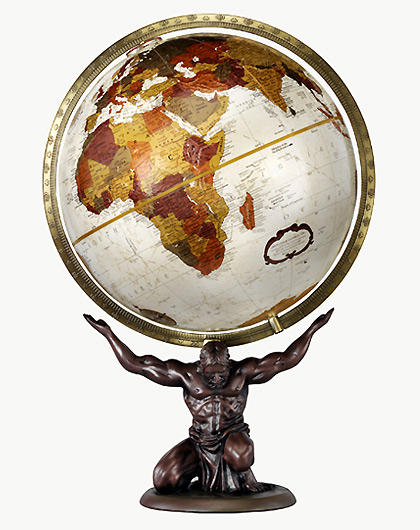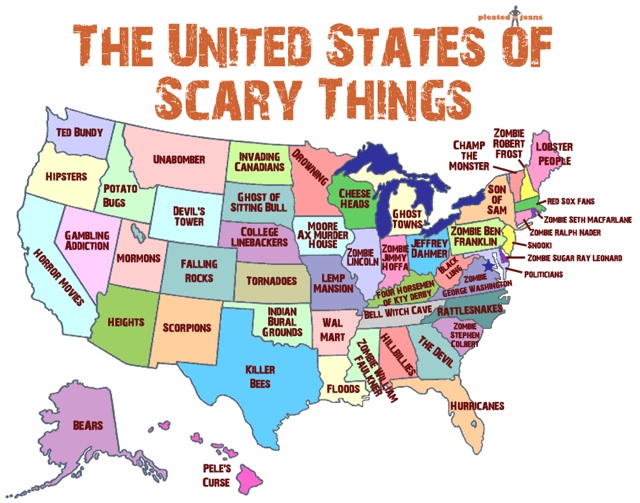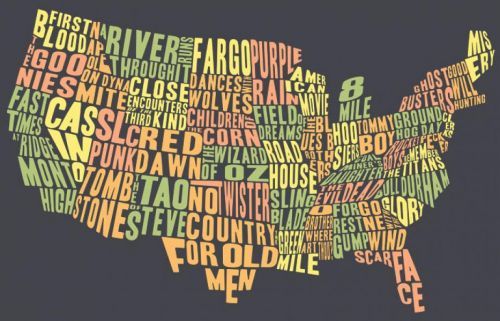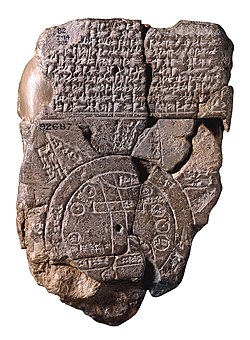I haven't posted in a long, long time because the semester was a lot of work but now it is over and so is Christmas so now I have a bit of free time. This post is going to be about my final project in my mapping course. The project takes a look at Baltimore County, Maryland and looks at Lyme disease occurrences by zip code and normalized by populations. Here is a map of what that looks like:
The next step was to areas that isolate areas where the deer tick that spreads Lyme disease would be most likely to thrive. The white tailed deer is the main host of the deer tick and they like to live in areas such as: deciduous and evergreen forests, crop lands, and shrub or herbaceous lands. To simply everything I deemed these areas to be "green" and other areas such as residential or developed were "not green". Using a map of land use from the USDA I was able to simplify it to this map:
From this map using Microsoft Excel I was able to find the percentage of land area in each zip code that was "green". After that I made a simply chart that showed the affect of the percentage of green areas has on the number of Lyme disease occurrences in each zip code. Here is that chart:
The chart clearly shows how as the percentage of green spaces in a zip code increases the occurrences of Lyme disease also increase.
All of the maps were done in ArcMap. If anyone wants to actually read a paper about this I have it. The rest of paper goes into ways of educating the public and other ways to lower occurrences of Lyme disease. Hopefully I will start posting on a regular basis again.




























